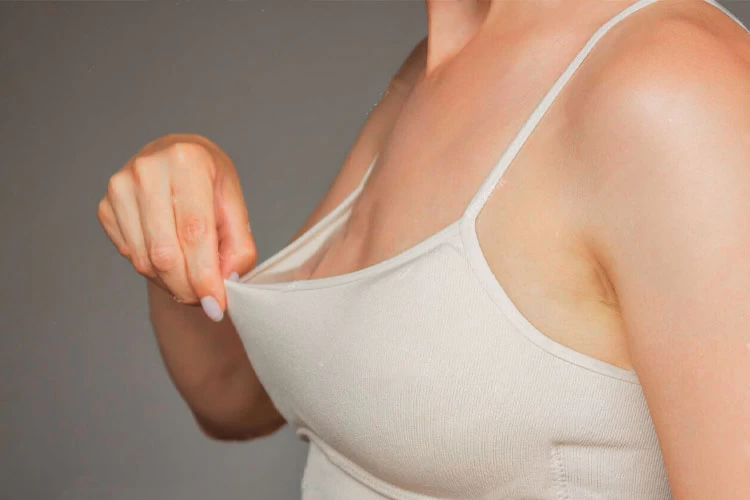blog
Dilation and curettage, also known as D&C, is a minor surgical procedure used to remove tissue from the uterus after a miscarriage, diagnose and treat certain gynecological conditions (such as heavy bleeding), or clean the uterus after a miscarriage. This procedure involves dilating the cervix and gently removing tissue from the uterine lining using a specialized instrument called a curette.
Intrauterine adhesions, also known as Asherman Syndrome, are bands of scar tissue that form inside the uterus. This condition can occur as a result of surgeries such as cesarean sections, dilation and curettage (D&C) procedures, or infections. Intrauterine adhesions can lead to a variety of fertility issues in women, including difficulty conceiving, recurrent miscarriages, and abnormal menstrual cycles. The scar tissue can block the fallopian tubes or disrupt the uterus's ability to implant and support a fertilized egg properly. Treatment options for intrauterine adhesions include surgery to remove the scar tissue, hormone therapy to help restore the uterine lining, and assisted reproductive technologies (ART), such as in vitro fertilization (IVF).
When considering a hair transplant, pinpointing the best age is crucial for maximizing the procedure's effectiveness and ensuring natural-looking, long-lasting results. The timing of a hair transplant plays a pivotal role, primarily due to the progression and stability of hair loss over time. Age not only affects the nature of hair loss but also influences the recovery process and the overall success rate of the transplant.
Miscarriage is a heartbreaking experience that affects millions of women worldwide each year. While many women can heal emotionally and physically after a miscarriage, some may experience complications that can prolong the healing process and increase the risk of future miscarriages.
Hair transplant failure, a concerning issue in 2024, arises when transplanted hair doesn't grow as expected, leading to unsatisfactory aesthetic results or post-surgical complications. Factors contributing to failure include surgical techniques, patient characteristics, and unrealistic expectations. Successful outcomes depend on choosing skilled surgeons, understanding the nature of hair loss, and adhering to post-operative care.
Silent miscarriage happens when the baby dies in the womb, but the body shows no symptoms. Diagnosing such miscarriages is hard as the pregnancy hormones are high for some time after the infant has perished. Light vaginal bleeding, cramps, and abnormal vaginal discharges can be the signs of silent miscarriage.
Nose asymmetry after rhinoplasty is a complex issue involving physical and emotional aspects, requiring an understanding of surgical techniques, healing processes, and psychological well-being. Addressing it involves surgical and non-surgical corrections, patient satisfaction, swelling and scar tissue impact, and the importance of setting realistic expectations.
The guide provides insights into managing and preventing asymmetry, emphasizing the critical role of choosing a skilled surgeon, adhering to post-operative care, and exploring complementary procedures to achieve a balanced and satisfying outcome.
Breathing difficulties post-rhinoplasty are common due to swelling, which affects airflow and nasal function. Rhinoplasty, aimed at enhancing the nose's appearance or correcting breathing issues, alters the nasal structure, potentially impacting breathing. Post-surgery, patients may experience nasal congestion and discomfort, with swelling most pronounced in the first week, gradually subsiding over months.
From choosing the right surgeon to making necessary lifestyle changes, several key aspects of tummy tuck preparation must be considered. By understanding what to expect and taking the necessary precautions, you can enhance the likelihood of attaining your desired outcomes while minimizing potential risks or complications.
Breast augmentation is a popular cosmetic procedure that helps women achieve their desired breast size and shape. While the procedure is relatively simple, it requires adequate preparation and aftercare to ensure optimal results. One of the most important things that women need to know after breast augmentation is the concept of "drop and fluff."

![How to Treat Ovarian Cyst? [Medications + Natural Remedies]](https://hws.raadinahealth.com/images/user_upload/blog/kist-tokhmdan/kist_tokhmdan1_1641136457_main.webp)
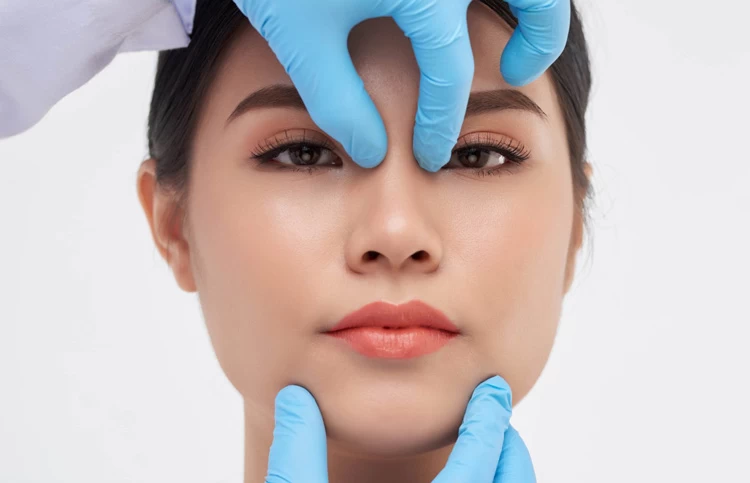


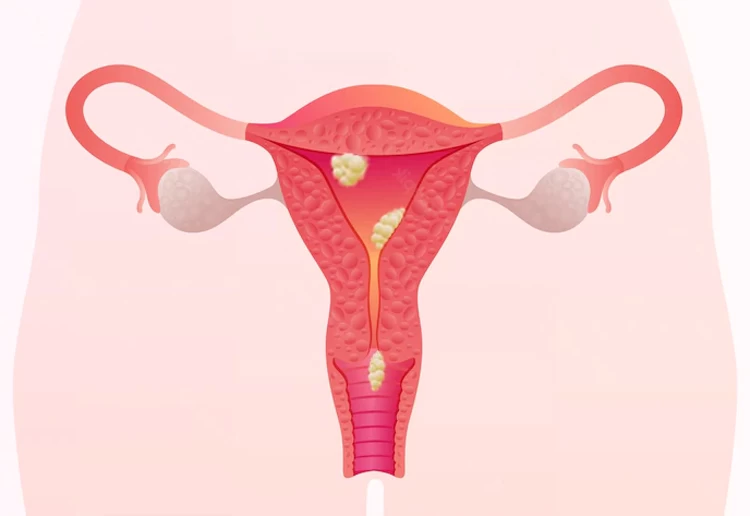




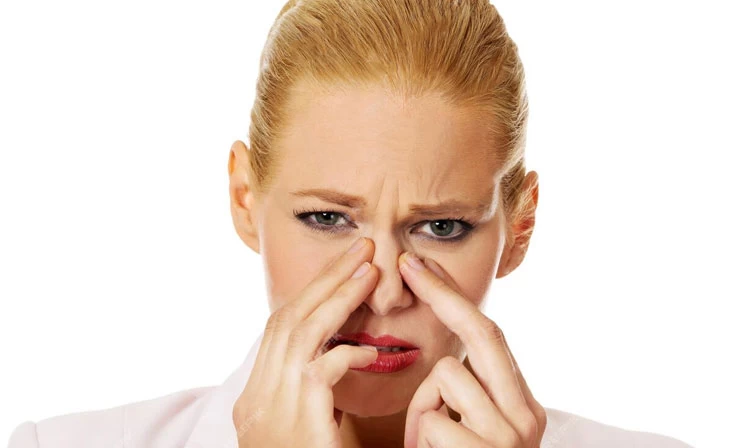
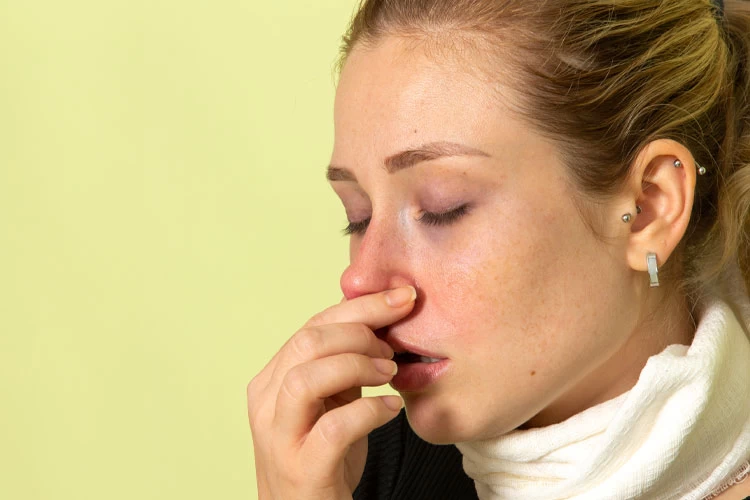
![How To Prepare For Tummy Tuck Surgery? [Dos & Donts]](https://hws.raadinahealth.com/images/user_upload/blog/tummy-tuck/Tummy-Tuck249_1712987177_main.webp)
